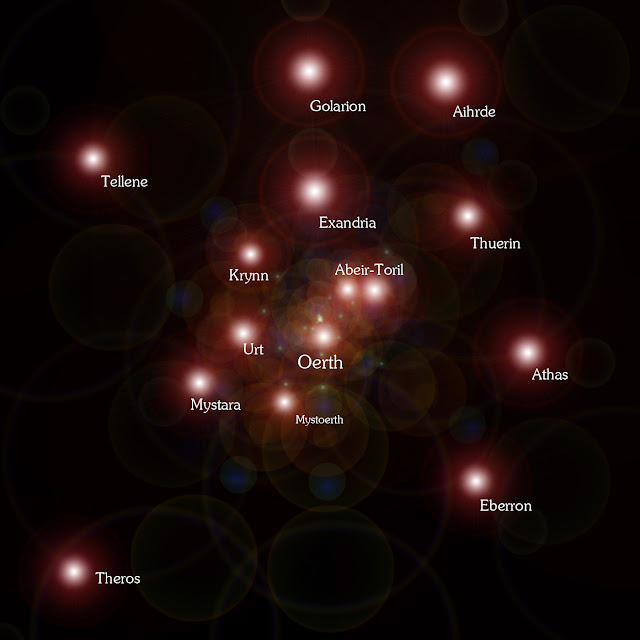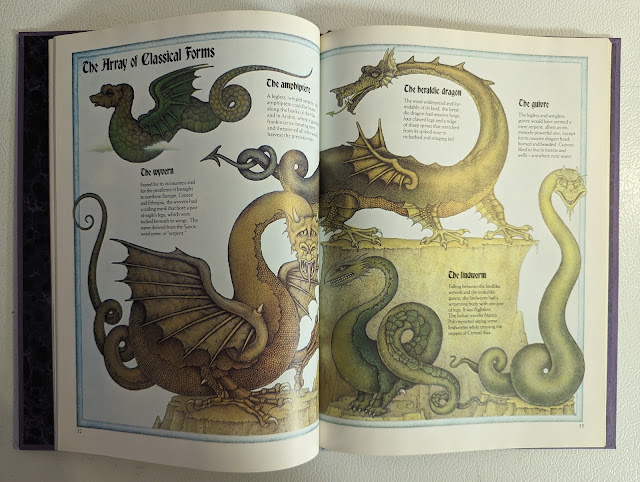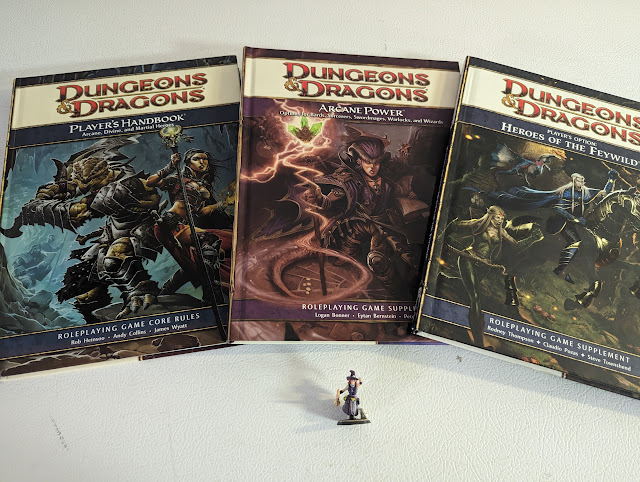Often times the campaign settings of Dungeons & Dragons are known as "worlds." If there are multiple worlds then there must be a Dungeons & Dragons Universe.
Let's start with the three "Core" worlds and work our way out.
Greyhawk (Oerth)
Greyhawk was one of the first campaign settings released. It was certainly the first full setting. Blackmoor, created by D&D co-creator Dave Arneson, was published first, but it was never a full world. Both Greyhawk and Mystara would later adopt different versions of Blackmoor for their own world. The World of Greyhawk setting takes place on the world of Oerth and was the home setting of Gary Gygax.
Greyhawk is often considered to be the core D&D world for 1st Edition AD&D.
- All my Greyhawk tagged posts
- Great Library of Greyhawk
- Greyhawk Fan wiki
- World of Greyhawk wiki
- Wikipedia: Greyhawk
Forgotten Realms (Abeir-Toril)
This is the world that most people are familiar with. It got its start during the end of 1st Edition but really grew in popularity during AD&D's 2nd Edition. It only got bigger during 3rd edition and today is the setting of the insanely popular Baldur's Gate 3 video game.
Created by Ed Greenwood as a place to set tales of his own invention. He later sold it to TSR for D&D after spending years writing for Dragon magazine.
I have spent all year talking about the Realms and I really enjoy them.
The "world" of Abeir-Toril, is really two worlds that exist in the same space just shifted. It's weird and its fun and I really love it. I am going to spend some more time talking about it here.
Kara-Tur, Al-Qadim, and Maztica
These are all larger settings in the world of Toril in the Forgotten Realms. Kara-Tur began as part of the World of Greyhawk (in theory), but it was later moved here.
- All my Forgotten Realms tagged posts
- The Forgotten Realms wiki (fantastic resource)
- Wikipedia: Forgotten Realms
Dragonlance (Krynn)
The world of Krynn is home to the Dragonlance Saga introduced in AD&D's 1st edition as part of the so-called Hickman Revolution. Created by Margaret Weis and Tracy Hickman it was TSR's first attempts at epic storytelling. It had adventures, books, novels (especially novels!) and even a movie. Ok, lets not talk about the movie.
Krynn is often depicted as being very removed and remote from all the other worlds and fiercely guarded by its gods. I put it closer to the core because of the importance it has to D&D's history.
As we move out to the rim worlds, as Star Wars or Traveller might call them.
- All my Dragonlance tagged posts
- Dragonlance Nexus (the place for Dragonlance)
- Dragonlance Wiki
- Wikipedia: Dragonlance
Mystara
The world and campaign setting of Mystara was introduced with the Basic/Expert sets known as "The Known World." It could have been a core world, but I wanted to limit it to just three.
Hollow World and Red Steel
These are two larger settings for Mystara. Mystara is a hollow world with people and creatures living on the inside! I have also included Birthright with Mystara.
Mystoerth
This is totally cheating. Mystoerth is my camping world that combines Mystara and Oerth. It's my map, I get to make the rules. My world also includes Kara-Tur, Blackmoor, and an Al-Qadim/Dark Sun/Necropolis mix.
Urt
Urt was the name Frank Mentzer gave for the world of the BECMI set before it was renamed to Mystara. In his vision, Urt was akin to Oerth. Also, Urt was not hollow but a living planet! There are gates between Urt and Oerth but not between Urt and Mystara.
Athas
This is the world of Dark Sun. This is a desert world ravaged by magical despots. Everyone has some level of psychic powers, and the world is brutal. I have not talked much about it, but I have stolen a lot of ideas from here.
Eberron
This world was developed by Keith Baker for a setting search conducted by Wizards of the Coast for 3rd Edition. This world has some similarities to the other worlds. Low-level magic is common, but higher-level magic is much rarer. There is also a steam-punk feel to it.
Kingdoms of Kalamar (Tellene)
This is one of the non-TSR/Wizards of the Coast worlds on my list, but due to the working relationship between Wizards and Kenzer & Co. There have been 1st and 3rd Edition versions, with the 3rd Edition published by Wizards of the Coast.
Theros
This world is from Magic: The Gathering and added to Dungeons & Dragons 5th Edition. It is a rather fun mix of Greek and Roman myths.
Golarion
This is the world of Pathfinder. While early versions were part of D&D 3rd edition, it became the home to Pathfinder 1st and 2nd Edition.
Exandria
This is the world of the Campaign setting of Critical Role. It began as a D&D 4e world, switched to Pathfinder, and finally D&D 5e. The books published for it are all D&D 5e.
It is between Golarion and the Core Worlds because they share some gods.
Aihrde
Aihrde is the world of Troll Lord Games' Castles & Crusades. It shares a gritty feel with Oerth and the fact that Gary Gygax contributed to it in the last years of his life. As I have said many times, Castles & Crusades is really the spiritual heir to Advanced Dungeons & Dragons.
Thuerin
This is my oldest son's campaign word. This is my blog, so I get to include it! It has heavy Lovecraftian influences and Gods from both Oerth and Toril.
The Missing Worlds
Some worlds are not on my map above because they do not fit the general idea of a world but are campaign settings.
Ravenloft is my favorite campaign setting, but it is an extra-dimensional pocket accessed from all worlds. It has no world to call it's own.
Planescape deals with the "Outer Planes" of existence where alignment, ethos, and philosophy are all important.
Spelljammer is...well D&D IN SPACE! The 2nd Edition rules had your characters using "Spelljamming" ships that moved through the phlogiston of space. In D&D 5th Edition, the phlogiston is still there, sort of, but now your characters travel the great Astral Sea.
My map above was made with my limited knowledge of Spelljammer. I was not trying to replicate anything, but something I could use in SJ if I wanted.
All these worlds allow access to the other worlds. Though Ravenloft is more like a "Hotel California" characters can get in, but they can't get out.
Other ways for people to travel to these other worlds are by gates and at least one special place. A while back, I suggested that the infamous Temple of Elemental Evil exists in all worlds simultaneously. You can go in but never be sure of where you will come out. Also, my own Tomb of the Vampire Queen has many unstable portals to many worlds.
There are many, many more worlds out there. I have not included them all, but I could have included a dozen more, and that is not counting all the ones I know about.
It doesn't even count the newest one I have been playing around with, Oestara, which is a reflection of my own Mystoerth world. I don't have anything on that one just yet.
Tomorrow is V day, and of course, I am going to talk about Vampires.














.png)






